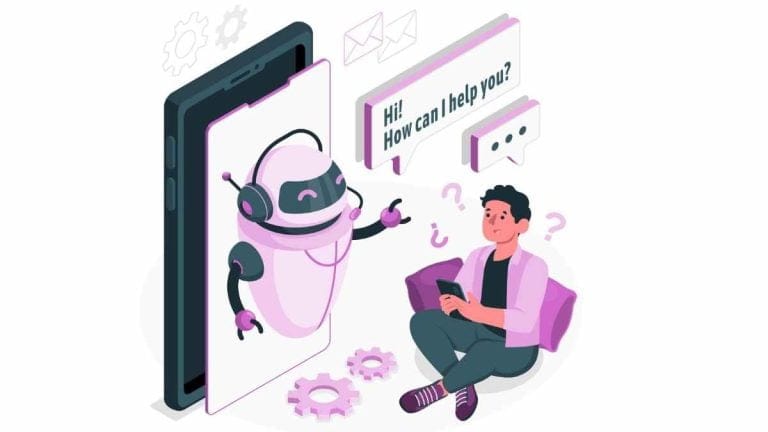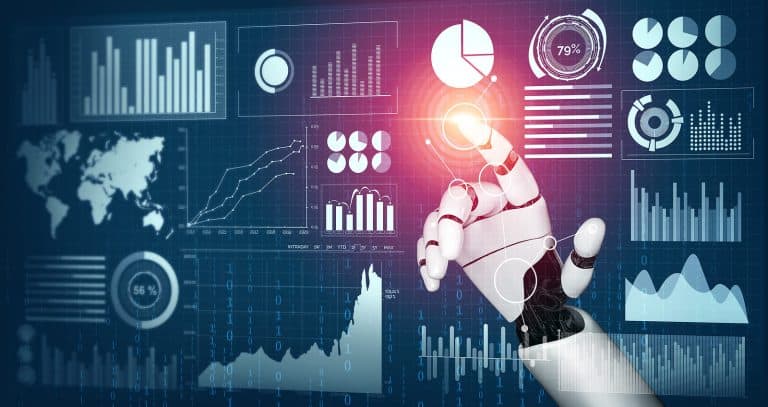
Table of Contents
ToggleSpoiler alert: to address the entire IT service delivery lifecycle not one, but all of these capabilities are needed. And each requires different applications of AI technology and machine learning.
In this article, the first of a three-part series, I’ll explain AI technology and machine learning and their value for ITSM.
The intelligence of AI:
Contrary to common belief, AI is not a single technology.
AI is commonly defined as the science of making computers do things that require intelligence when performed by humans. However, there’s no fixed definition about what’s considered “intelligent”. Thus, any piece of software can be labeled as “intelligent” if it performs actions traditionally performed by humans.
While there’s a lot of buzz surrounding AI, not all AI software is created equal. Therefore, understanding the underlying AI techniques and components is essential when assessing the value of an AI platform.
As a starting point, it is important to note the difference between general AI and narrow AI. You can find out more about these differences here.
A key takeaway is that AI systems designed too broadly can cause the system to be less accurate, lack sufficient domain knowledge and/or require a significant amount of customizations and integration effort. All of which drives up the system’s total cost of ownership and extends time to value.
Conversely, advanced forms of applied AI technology maintain a high level of domain specific knowledge, dialogs and workflow, allowing them to automate routine tasks by intelligently correlating and exposing valuable information and services to users in real time.
What makes an applied AI system advanced? For starters, deep domain expertise and the ability to automatically make better decisions over time based on user feedback.
Making AI smart with machine learning:
Machine learning is the broad term for software systems that change automatically through algorithms rather than manual programming. Machine learning is based around the idea that machines can be given access to data and train themselves.
Machine learning can take two fundamental approaches:
Supervised learning: a way of training an algorithm to perform a task when you already have a set of data for the correct action or response. For instance, when creating a model to recognize cat pictures, a supervised learning system must be shown countless pictures already labeled “cat” or “not cat.”
Unsupervised learning: when systems analyze data that hasn’t been labeled with a known answer, then the system self identifies patterns. These techniques are often used by self-driving cars or popular voice assistants like Alexa and Siri.
When these two approaches are leveraged together, AI systems can learn and take actions based on a mix of observed and historical information.
For example, when an employee is using a self-service portal to provision goods and services, machine learning is able to extract and correlate pertinent information such as the employee’s current location and role as well as past service requests and issues. Gathering these types of related attributes allows the AI system to recommend appropriate service offerings, in real-time, based on sets of data that were previously used to train the system.
As a result, instead of employees having to manually search through a static list of catalog items, self-service becomes a more dynamic and personalized experience. Additionally, machine learning records valuable insights from its interactions with users, enabling the AI system to make better decisions over time.
Intelligent ITSM process automation:
IT organizations have amassed a significant amount of operational data. By using an AI system that learns from it, IT can tap into its large sets of structured data (i.e. knowledge base articles) and unstructured data (i.e. chat transcripts) to train an AI system to drive advanced automations that enhance IT service and support productivity.
In my next post, I’ll discuss specific examples of how and why AI technology and machine learning are used to automate routine IT support tasks. You should already understand why IT leaders are making AI-driven automation a top priority for 2018. There’s no other tool or process that can have as much impact on service quality without dramatically increasing headcount.






